We’ve released our webinar on non-landowning farmers. Additional details on our website.
We just released the recording and handout for this presentation. Details on our website.
From a while back Locations can cause all sorts of research difficulty, especially when an indexer or database creator uses a location that’s not quite the “correct” one or at least not the one the locals know. Several of my ancestors attended a Lutheran church a mile from where my grandparents lived in Hancock County, Illinois. It was near the town of Basco and locals referred to it as the “Basco church” to distinguish it from the Lutheran church in the county seat of Carthage a few miles away. When Ancestry.com included the records of this church in their “U.S., Evangelical Lutheran Church of America, Records, 1875-1940,” they used Carthage as the location, not Basco. I never thought of the church as being in Carthage–largely because it is not. When […]
Genealogists often start their research and family history exploration because of an interest and a desire to discover more. Most of them (myself included) make mistakes along the way and realize their research approach, organization skills, citation awareness, and understanding of records have changed over time. Or at least hopefully they’ve gotten better. But the decision for many genealogists is: what needs to be redone? I don’t really have a good answer. It depends upon how egregiously “wrong” your initial methods and analysis was. Errors in conclusions need to be fixed and should be given high priority. Do you need to go back and redo those labels you put on digital images of photographs? Do you need to retitle and refile all those digital images of census and […]
Need some guidance with your research, but don’t need a class, don’t need to hire a researcher for $1000 or more? Just need someone to look at what you have and give you ideas on what to do next? That’s exactly what a genealogy consultation is for and we’re having a sale on ours for the Holiday Season. Save $40! We are offering a limited number of consultations at this reduced price–normal price is $140. More details about our consultations are available at: Space at this reduced rate is limited! Reserve your consultation today. Scheduling takes place after registration, but we are sill booking in December!
If you use Artificial Intelligence (AI) on a digital image of an ancestral photograph to “improve” it (or enhance it in other ways), the use of AI should should be noted. Text at the bottom of the photograph should indicate that the image was colorized, enhanced, or otherwise altered (either by hand or by AI). An unaltered scan or photograph of a document or image generally represents a true reproduction of the original item. While those scans or photographs are technically derivative copies, their intent is to simply reproduce the original. Altered digital copies are most decidedly derivative copies and in the case of colorization and AI may includes elements (color choices, facial nuances, background details, etc.) not represented as they were in the original. That potential for […]
From a while back Have you thought about who took care of your ancestor’s children? If the mother died young, what happened (since typically the mother had childcare responsibilities)? If the mother worked outside the home, who took care of the children? If the father died young, was the mother able to support them herself? Were there relatives close enough to watch them without them having to leave the home? Were there older children who could help out? What if all the children were too young for one of them to help care for the others? This is something to consider no matter the time period or location of your research. Families with more financial means usually had more options and potentially less disruption for the remaining family […]
Years ago, I had a quick translation done of a 1913 postcard an ancestor sent to his father-in-law while travelling Germany. Over the years the translation became separated from the card. I should have appended the translation to the image, put them both in one PDF file, or stored them in a separate folder as two separate documents-the image and the translation. Make certain that documents that really need to be filed together are filed together in a way that they won’t get separated.
We are catching up on posting and delivering tips to our blog/website since changing over to a different distribution system. We should be caught up with tip distribution on 19 November, but if you are not getting our tips, visit our subscription page.
A newspaper may contain the only reference to a court case that was dismissed. This packet of divorce papers cannot be found, likely because the case with withdrawn. Initial newspaper references to the divorce provide additional details, including year place of marriage. Newspapers can easily supplement what is in an actual court records–but what’s in the newspaper may be incorrect, so take care using this information.
Sometimes the fight between two family members lasts for the rest of their lives. It can impact how much children or grandchildren know about certain family members. It can impact how family ephemera gets passed down from one generation to another. It can impact how individuals do not know they have first cousins living fifteen miles away. It can be difficult to say how an estrangement can impact those left behind, but the genealogical impact can last for generations. Family may need to be found to settle up an estate but their only communication could be through their lawyers.
Do you think about how pictures came into your possession? I’m not much worried about the tedium of where grandma kept them in her home, but how they may have passed from their original owner to you. Got to thinking about this with the many pictures I have that belonged to my great-grandparents, their son (my grandfather) and their daughter. I have virtually all the photographs they had. What is really interesting is the fact that these photographs are of my great-grandmother’s maternal family, my great-grandfather’s family, and my great-grandparents an their children. There were no pictures from great-grandma’s paternal family at all—and she had aunts and uncles on that side of the family. There was one picture of my great-grandma and her siblings as children, one picture […]
There’s a restaurant about 15 miles from where I grew up that is closing after having been open for decades. I’ve lost track of how many photographs I have that were taken there–both inside of and outside of the restaurant. Not because I was posting pictures of food or the exterior of the establishment. It was where we would eat out when there was a birthday, anniversary, special event, or when relatives came from out of town. There are pictures of my cousins and me when our grandmother turned 80. There are pictures there when cousins on the other side of the family came to visit from California…and many others. Have you written down the names of places where your family gathered on special occasions? Do you have […]
While it was not supposed to happen, people did occasionally get enumerated twice in the same census. Confusion about which household an individual was to be listed as living in was sometimes the issue. Families who moved around the time of the census could have inadvertantly been listed more than once, particularly if one enumerator was late getting the census taken and was not paying attention to detail the precise census date. People who lived away from home during the week may have been counted more than once. Individuals who were estranged from their spouse may have been enumerated with the spouse and also in the rental property in which they were living.
A high school classmate and I were baptized on the same day. I happened to mention it and shared with her a copy of the church bulletin that mentioned our baptism. She didn’t have it. Remember that others besides your family may have copies of materials related to your family history. County genealogy groups, both in the real world and online can be one way to with these people. But your family aren’t the only people who may have personal papers that could help your research.
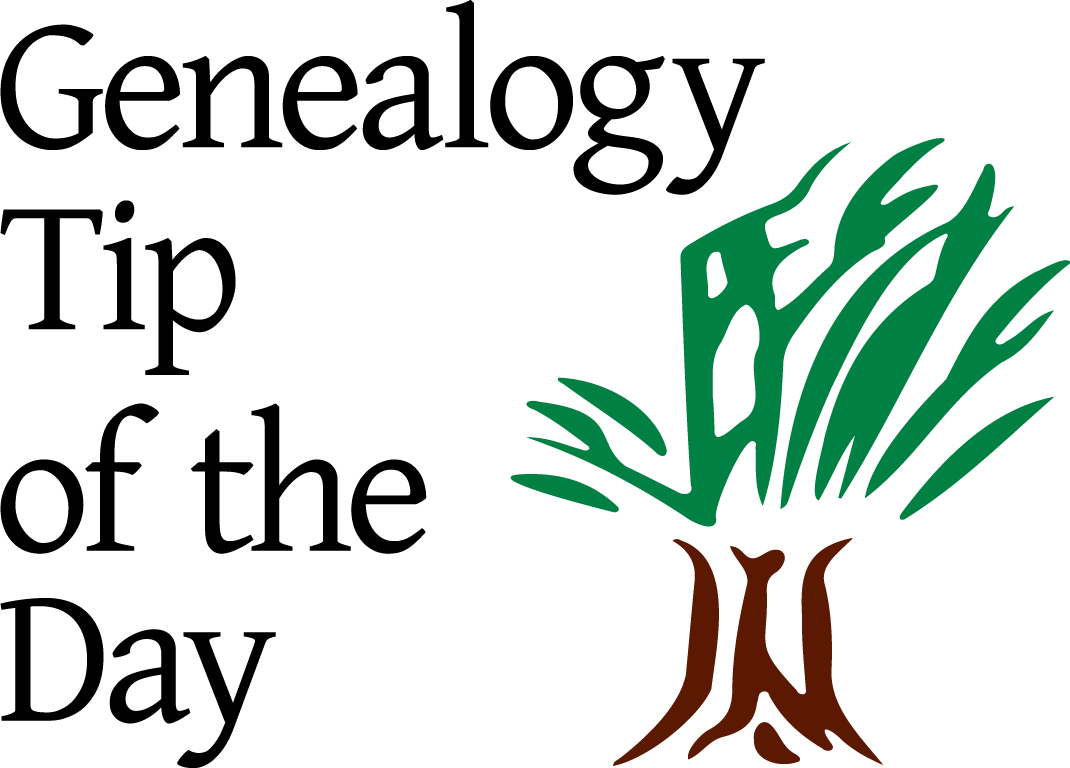
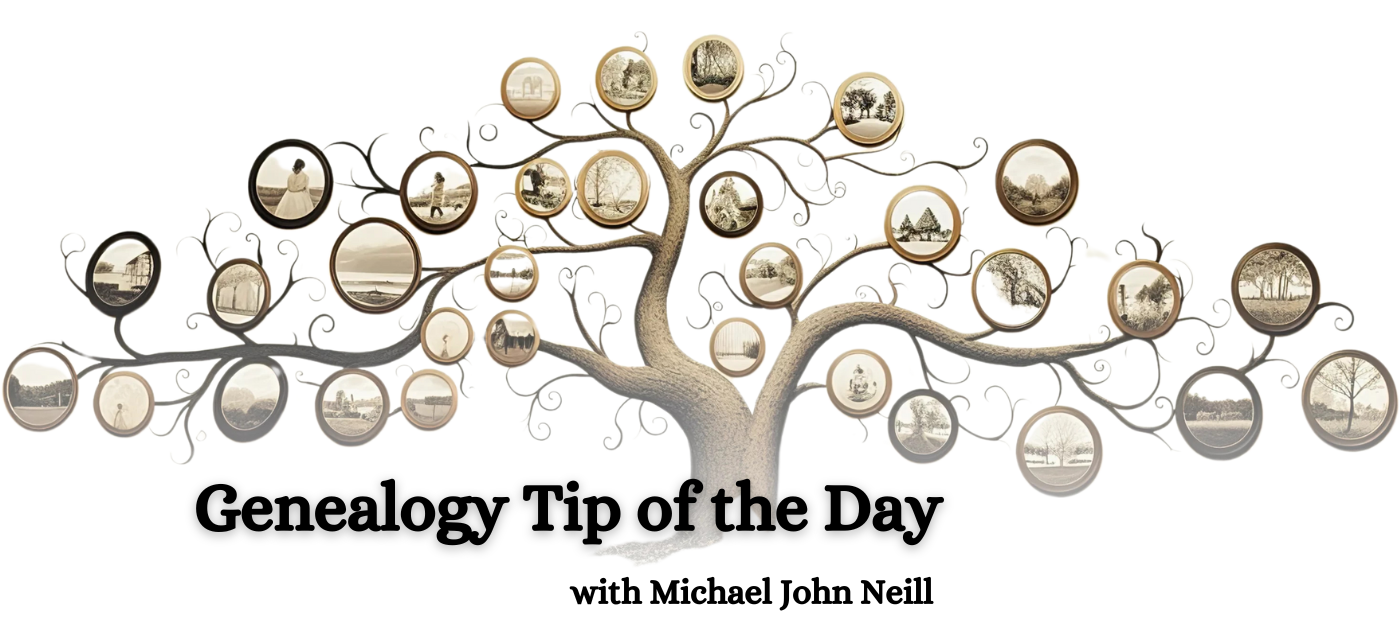
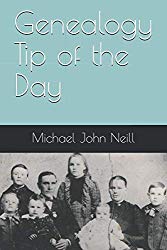
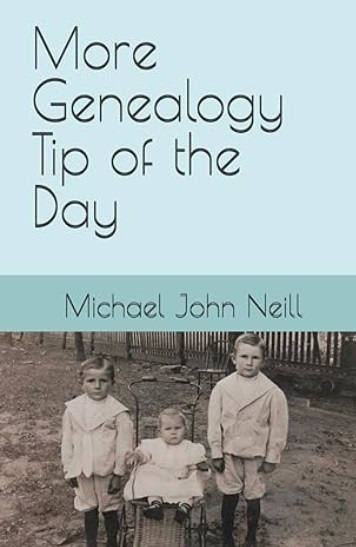


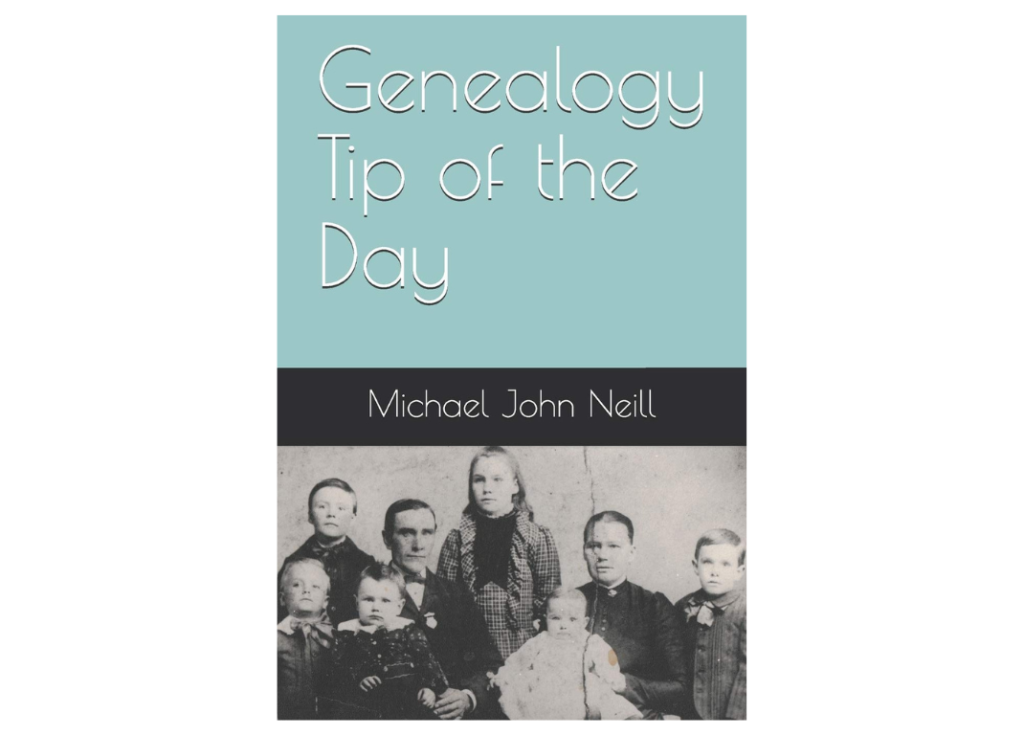
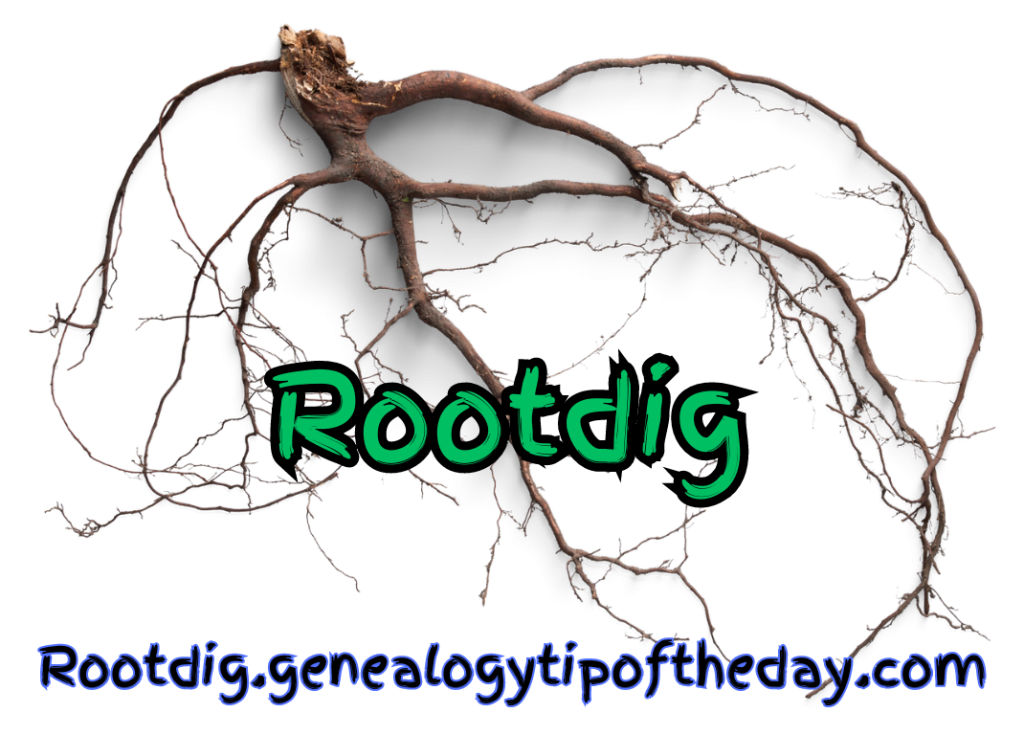

Recent Comments